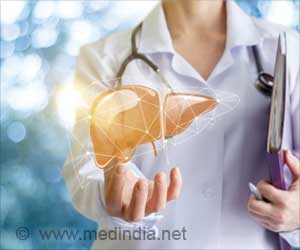Biophysicists at the University of South Florida have developed a design for artificial corneas using tiny collagen fibres extracted from sea cucumbers.
Biophysicists at the University of South Florida have developed a design for artificial corneas using tiny collagen fibres extracted from sea cucumbers, which may prove a boon to people whose corneas have damaged.
Creating such a design for corneas as is optically clear in the middle and biocompatible at the edges has been a challenge for scientists.Garret Matthews, a biophysicist behind the latest work, says that the new design for artificial corneas is an answer for these challenges, reports New Scientist magazine.
Sea cucumbers are sausage-shaped echinoderms, most species of which live on the sea floor in a variety of marine environments around of the globe.
For making the artificial cornea, the researchers extracted tiny collagen fibres from sea cucumbers. Upon being placed in a centrifuge, the fibres self assemble into layers in which the fibres are aligned vertically, a structure that is very similar to the tissue in mammalian corneas.
The process led to the creation of a thin layer of material that is transparent and biocompatible, as well as cheap and easy to make, say the researchers.
Source-ANI
SRM/C
 MEDINDIA
MEDINDIA
 Email
Email






